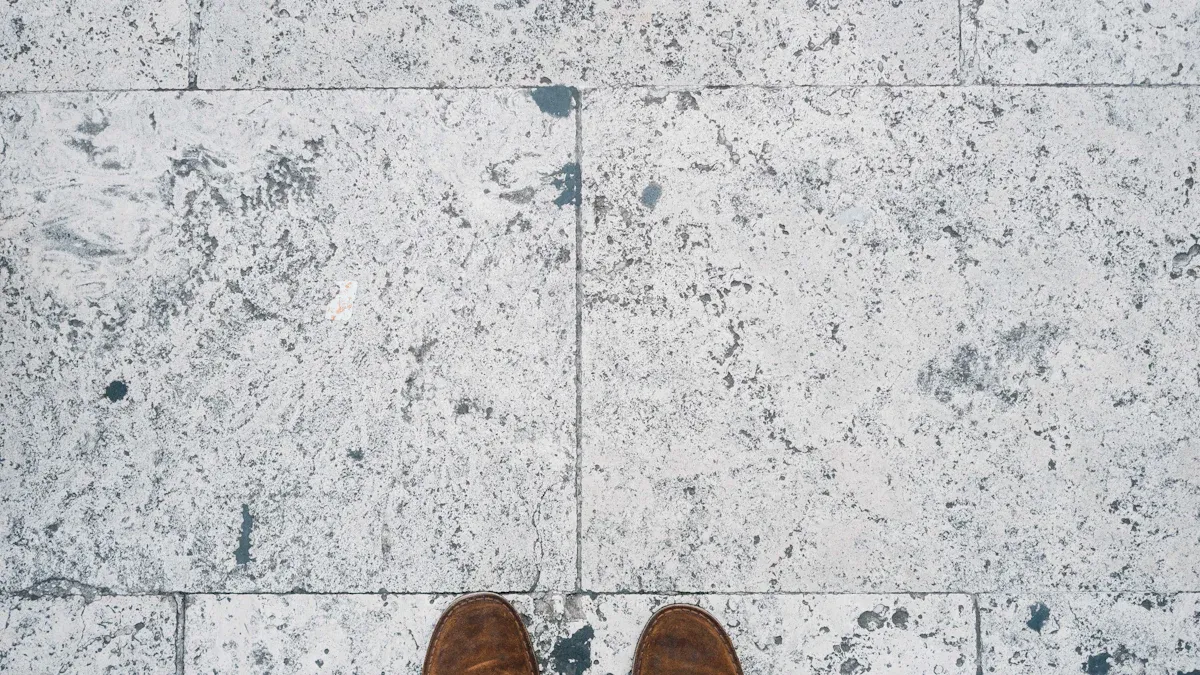- This topic is empty.
-
AuthorPosts
-
13/08/2025 at 20:01 #87022
You can fill voids under concrete slabs by using specialized construction void filling methods that restore stability and prevent further damage. Untreated voids beneath slabs often result from water erosion, freeze-thaw cycles, or poorly compacted soils. These issues can cause concrete to sink, crack, or tilt, which leads to trip hazards, foundation stress, and drainage problems. Selecting the right void filling approach helps you protect structural integrity and avoid costly repairs. Advanced solutions, like Hengxiang Hongye’s void filling technology, offer fast, non-invasive ways to fill voids and re-level concrete slabs for long-lasting results.
Key Takeaways
-
Spot voids early by watching for cracks, uneven floors, sticking doors, or gaps near your concrete slabs.
-
Understand that soil erosion, water damage, freeze-thaw cycles, and tree roots often cause uneven concrete and voids.
-
Choose the right repair method: mudjacking for basic fixes, foam injection for fast and durable results, or Hengxiang Hongye’s solution for large or complex projects.
-
Follow a careful process: assess the problem, drill small holes, inject foam or material, then check and maintain the repair regularly.
-
Act quickly to fill voids to protect your property, save money, and ensure long-lasting, stable concrete surfaces.
Identifying Voids and Uneven Concrete

Signs of Voids Under Slabs
You can often spot voids beneath slabs by watching for certain warning signs. Cracks wider than 1/8 inch, especially those that look jagged or form stair-step patterns, signal trouble. Uneven or sloping floors may appear, and you might notice doors or windows that stick or refuse to close. Gaps under walkways or porches, soft spots in the yard near the foundation, and soil pulling away from the base all point to possible foundation problems. Bowing or cracking beams, separation of interior walls, and twisting windows or doors also suggest that voids have formed. Sometimes, you will find soft or bouncy floorboards, rotting wood joists, or even corrosion of steel rebar inside the foundation. Crumbling or spalling concrete is another clear indicator.
Tip: If you see several of these signs together, you should act quickly to prevent further damage from sinking concrete slabs or uneven concrete surfaces.
The most reliable way to confirm voids under concrete slabs is to use Ground-Penetrating Radar (GPR) with advanced deep learning analysis. GPR allows you to scan large areas in real time, detecting even small voids without damaging the concrete. This method gives you accurate information about the size and shape of the voids, helping you plan the right repair.
https://en.hengxianghongye.com/Void-Filling.html
hengxianghongye -
-
AuthorPosts
- You must be logged in to reply to this topic.